Best way to use sptty/split tomatoes
2ajsmama
12 years ago
Featured Answer
Sort by:Oldest
Comments (18)
pixie_lou
12 years agodigdirt2
12 years agoRelated Professionals
Barrington Hills Landscape Architects & Landscape Designers · Forest City Landscape Architects & Landscape Designers · Brownsville Landscape Contractors · Dallas Landscape Contractors · La Vista Landscape Contractors · Miller Place Landscape Contractors · Pleasant Hill Landscape Contractors · West Chicago Landscape Contractors · Selma Landscape Contractors · Arlington Roofing & Gutters · Georgetown Roofing & Gutters · Knoxville Roofing & Gutters · Syracuse Roofing & Gutters · Bear Driveway Installation & Maintenance · Braintree Driveway Installation & Maintenance2ajsmama
12 years agoLinda_Lou
12 years agodavid52 Zone 6
12 years ago2ajsmama
12 years agodigdirt2
12 years ago2ajsmama
12 years agodavid52 Zone 6
12 years ago2ajsmama
12 years agodigdirt2
12 years ago2ajsmama
12 years ago2ajsmama
12 years agodavid52 Zone 6
12 years ago2ajsmama
12 years ago2ajsmama
12 years agoSandra Witherbee
8 years ago
Related Stories

EDIBLE GARDENSSummer Crops: How to Grow Tomatoes
Plant tomato seedlings in spring for one of the best tastes of summer, fresh from your backyard
Full Story
MOST POPULAREasy Green: 23 Ways to Reduce Waste at Home
Pick from this plethora of earth-friendly ideas to send less to the landfill and keep more money in your pocket
Full Story
GARDENING AND LANDSCAPING17 Ways to Work a Deck
Layer it, bump it out, wrap it around a tree. Get inspiration with these ideas for adding a deck to your yard
Full Story
KITCHEN DESIGN3 Steps to Choosing Kitchen Finishes Wisely
Lost your way in the field of options for countertop and cabinet finishes? This advice will put your kitchen renovation back on track
Full Story
GREEN BUILDINGThe Big Freeze: Inventors Break New Ground to Keep Things Cool
Old-fashioned fridges can be energy guzzlers, but there are more eco-friendly ways of keeping food fresh, as these global innovations show
Full Story
FALL GARDENINGReflecting on a Gardening Year
Mistakes and successes, surprises and comforts. The garden helps us grow in new ways every year
Full Story
LANDSCAPE DESIGNArtful Salvage: Old Doors Decorate the Garden
In a fence or leading only to imagination, salvaged doors can create lots of intrigue for little cash
Full Story
EDIBLE GARDENS8 Surefire Vegetables and Herbs for Beginning Gardeners
Learn the edible plants that are popular and easy to grow in a backyard or container garden
Full Story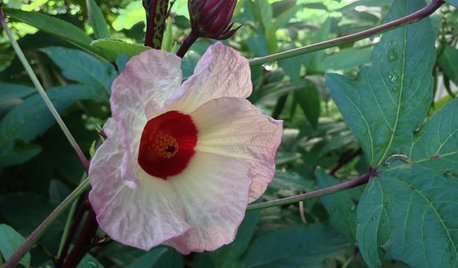
EDIBLE GARDENSGreat Design Plant: Roselle Tantalizes With Beauty and Flavor
Call it a fruit or a flower or a sweet vegetable. This hibiscus is so lovely, all that matters is calling it forth in your garden
Full Story
GARDENING AND LANDSCAPINGBuild a Raised Bed to Elevate Your Garden
A bounty of homegrown vegetables is easier than you think with a DIY raised garden bed to house just the right mix of soils
Full Story

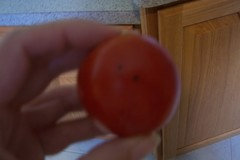
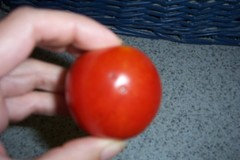

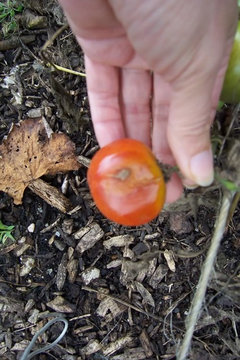
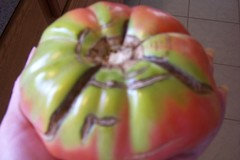
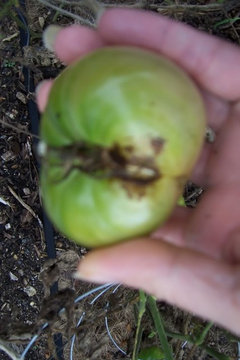

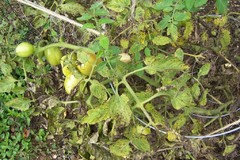

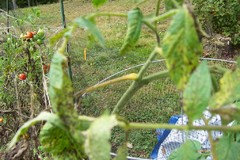
digdirt2